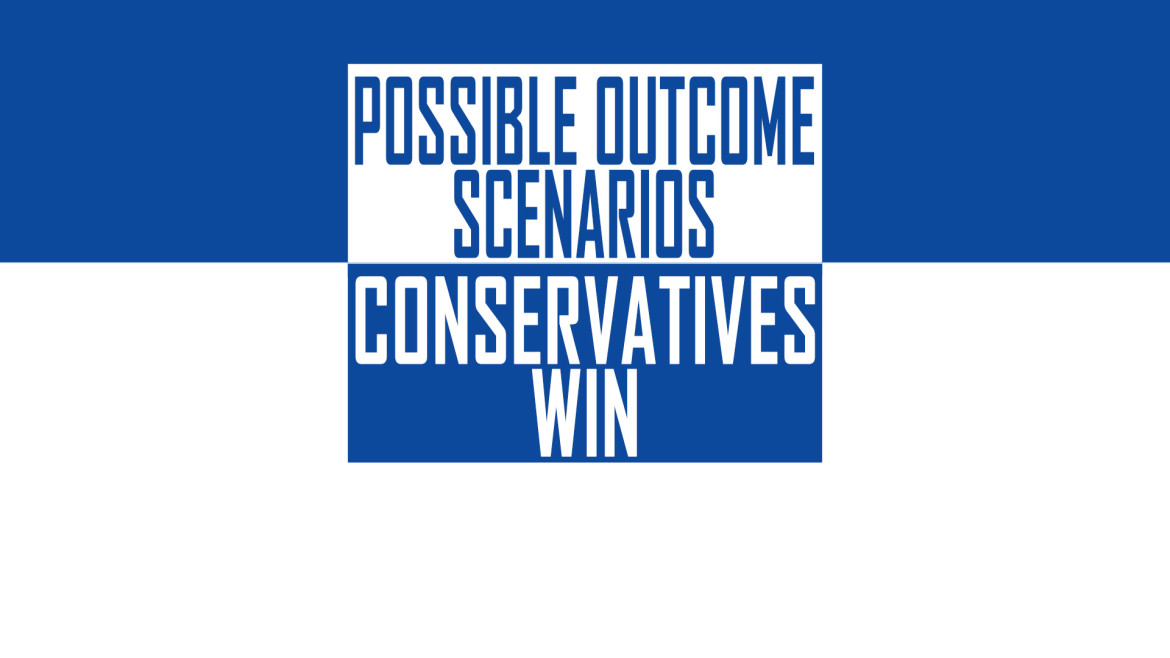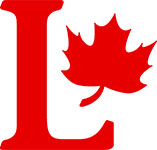Over the past three months, all of our attention has focused on the 19th: Which way will Canadians vote? Who has the lead? What crazy thing has a candidate done now?
With only a few days remaining until the 19th, it’s prudent to begin considering what happens the day after the election. While we here at Global shy away from making election predictions in advance (let’s leave that to the pollsters), there are a few things we know for certain:
- We’re in a very close election race
- A minority parliament is a likely outcome
- The party who wins the most seats is not necessarily the party that will end up governing
First, Canadian parliamentary convention means that the incumbent governing party – in this case, the Conservatives – gets the first shot at forming government regardless of the outcome. The Governor General is bound by convention to talk to Prime Minister Stephen Harper first, and ask the following question:
“Does your party have the confidence of the House to form government?” (Which is a fancy way of saying: “When the legislature resumes sitting, do you have enough votes to pass important bills? Or will you be defeated by the other parties?”)
Based on polling numbers, we will be looking at two possible election scenarios. This piece looks at the possible outcome scenarios if the Conservative Party wins the plurality of seats in the House (meaning they have more seats than any other party, but not enough seats for a majority government.)
Our second piece will look at the outcome scenarios associated with a Liberal Party win. Watch for our analysis on a Liberal minority government tomorrow!
October 20th – Conservatives win plurality of seats (less than 170)
After all the ballots are tallied on October 19, let’s consider what would happen if the Conservative Party wins the plurality of seats in the House of Commons, but does not have enough seats to form a Majority Government.
In previous elections, the general assumption was that the party with the most seats forms government, even in a minority situation. Coalitions are extremely rare in Canada, and Canadians often expect their parties to abide by the results of the election and “make it work.”
The 2015 election is a little different. After almost 10 years of Conservative governance, there is very little good will left between the Conservatives and the other parties. A minority government only works if the opposition parties are willing to support the government on key legislative matters (like the budget bill or the Speech from the Throne,) and we know with certainty that neither Trudeau nor Mulcair will “prop up” a Harper-Conservative minority.
There is a key piece of nuance in these quotes that bears repeating: both Trudeau and Mulcair have stated that they won’t prop up a Harper Government. Neither have ruled out propping up a Conservative Government, under a different leader.
With that in mind, let’s look at the two main outcomes associated with a Conservative Minority win:
Outcome 1: the Conservatives are allowed to govern
If the Conservatives win the plurality of seats on October 19, the Opposition Liberals and NDP will hold the balance of power. Despite the fact that both the Liberals and the NDP have stated that they will not prop up a Conservative Government lead by Stephen Harper, there are a few scenarios where the Conservatives can continue to govern:
Scenario A: Propped up through absentia
In order for Harper to remain prime minister, he either needs the support of enough MPs from other parties to pass key legislation, or he needs enough MPs from the opposition parties to abstain from voting. Theoretically, if Harper is just a few seats shy from a majority, he could attempt to court a few Liberal or NDP MPs into crossing the floor. This strategy has been employed in the past, but typically only a few MPs can be convinced to switch party allegiance. If the margin between a minority and a majority is larger than five seats, this strategy is unlikely to work.
Which leaves us with the alternative: MPs from opposition parties abstaining from voting on confidence motions. This scenario is viable if the NDP and the Liberals are unable to agree on a coalition or partnership to form an alternative government. The likelihood of coalition talks failing increases if the Liberals and the NDP are close in final seat totals, resulting in too much jockeying over which party is ultimately “on top.”
Funds and polling are other factors to consider. While the Conservatives have a well-oiled fundraising machine, the Liberals and the NDP traditionally have more difficulty raising cash. One – or both – parties may be fearful of going broke if another election is called too quickly, and end up abstaining from confidence motion votes in order to prevent a second election so quickly after the first. If enough MPs abstain from voting, the Conservatives can form a functioning minority government – even if it is by the skin of their teeth.
Finally, all three parties will be following the polls closely. If Liberal and NDP support plunges as a result of coalition talks, that might be incentive enough to call off negotiations and bide their time under the Conservative minority, until the polls show a more favourable outcome.
Scenario B: Conservative Leadership Convention
The second scenario where the Conservatives stay in government involves a leadership convention. You’ll recall that Trudeau and Mulcair said they wouldn’t prop up a Harper government, but were intentionally ambiguous about a Conservative government.
In this scenario, Prime Minister Harper, citing the decrease in seats and voter support as a call by Canadian voters for new leadership, decides to step down as leader of the Conservative party. This plunges the Conservatives into a leadership race, and gives the party a slightly more “legitimate” reason to delay bringing the House back to test confidence.
If the Conservatives host a leadership race, the House is unlikely to return until spring 2016. That’s enough time for coalition talk between the Liberals and the NDP to fall apart. Moreover, new party leaders traditionally see a bump in their polling numbers after they’re elected. If the Conservatives are polling strong, the Liberals and NDP will be even less inclined to vote against the government and plunge the country into another election.
Outcome 2: Conservatives are unable to retain confidence of the House
The second outcome that could arise if the Conservatives win a plurality of seats is one where they are unable to retain the confidence of the House. In this outcome, the Liberals and the NDP form some kind of informal partnership or formal coalition, and present their alternative government to the Governor General.
Here’s how it could play out:
On October 20th, the Governor General will ask the Prime Minister to prove that he has the confidence of the House. Along a similar time-frame, the Liberals and NDP will announce that they will not support another Harper government, and that together they can form an alternative government.
Here’s the rub: unless Stephen Harper steps down as Prime Minister, he gets to decide when the House returns for a confidence test regardless of what the other parties say or want. This means that Harper can theoretically stall for up to 12 months before the constitution forces him to recall the House of Commons.
Let’s say that the opposition parties make it clear just after the election that they will not prop up a Conservative minority government. Harper could very well decide that he wants to delay bringing the House back, in the hopes that the agreement between the Liberals and the NDP will fall apart when exposed to prolonged media and public scrutiny.
If the Liberal-NDP agreement can hold out until Harper does bring the House back (presumably sometime before the end of the fiscal year, as a new budget will need to be introduced), then the Harper Conservatives will be defeated by the Liberals and the NDP on their Speech from the Throne.
Even then, however, it’s not certain that the Liberals and NDP will have a chance to form government. The Governor General is bound by convention to take the advice of the Prime Minister. If Harper is defeated in a confidence motion, he could go to the Governor General and ask David Johnston to call another election.
At this point Governor General David Johnston has two choices:
- Take the Prime Minister’s advice, dissolve Parliament and call another election
- Decide to give the Liberal-NDP partnership the chance to form government
There is only one instance of a Governor General not taking the Prime Minister’s advice in Canadian history – the King-Byng affair (which you may or may not remember from your High School history class.)
In Summary…
If the Conservatives win a plurality of seats, then Stephen Harper has a number options open to him to retain power. Ultimately, as the incumbent he gets a lot of perks that the opposition parties don’t: he gets first crack at forming government regardless of the election results, he gets to decide when the House resumes, and he request that the Governor General dissolve parliament and go to another election.
At this point, the only outcome that is clear is that we will likely not know any more on October 20th than we do on October 19th.







